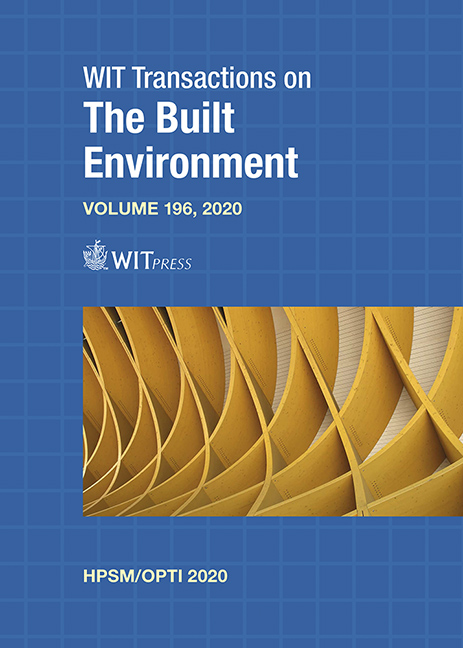EFFECT OF AMOUNT OF GRAFTED CNT ON CARBON FIBER ON INTERFACIAL SHEAR STRENGTH BETWEEN CARBON FIBER AND POLYAMIDE RESIN BY MICRODROPLET TEST
Price
Free (open access)
Transaction
Volume
196
Pages
10
Page Range
51 - 60
Published
2020
Paper DOI
10.2495/HPSM200061
Copyright
WIT Press
Author(s)
KAZUTO TANAKA, TOSHIKI TAKENAKA, TSUTAO KATAYAMA, YUSUKE MORITA, KIMITAKA WATANABE, MASATAKA KAWAGUCHI
Abstract
Carbon Fiber Reinforced Thermoplastics (CFRTP) are expected to be used more in the automobile industry because they could reduce carbon dioxide emissions by improving fuel consumption for engine/hybrid vehicles and extend the driving mileage for electric vehicles. For fiber reinforced composite materials, it is important to control the fiber/matrix interfacial shear strength (IFSS). Recently, carbon nanotubes (CNT) are being applied to CFRP as a reinforcement material because of their outstanding mechanical, electric and thermal properties – especially as a technique for grafting CNTs on the surface of carbon fibers has been developed and CNT grafted carbon fibers show higher fiber/matrix IFSS than carbon fibers. To optimize the fiber/matrix IFSS, the effect of the amount of grafted CNT on carbon fiber on the fiber/matrix IFSS has to be clarified. In this study, the fiber/matrix IFSSs between Polyamide 6 (PA6) and CNT grafted carbon fiber with different amounts of grafted CNT which were prepared using the Ni plating technique were clarified by a microdroplet test. Under the conditions of the Ni plating time of 30 s and 60 s, the fiber/matrix IFSS was lower than the conditions of the Ni plating time of 5 s because the resin was not inserted into the fiber/matrix interface due to the aggregation of CNTs, which was related to surface roughness of carbon fiber. Under the conditions of the Ni plating time of 5 s, the best fiber/matrix IFSS was obtained.
Keywords
carbon nanotubes, carbon fiber, PA6, CNT grafted carbon fibers, amount of CNT, fiber/matrix interfacial shear strength, microdroplet test





